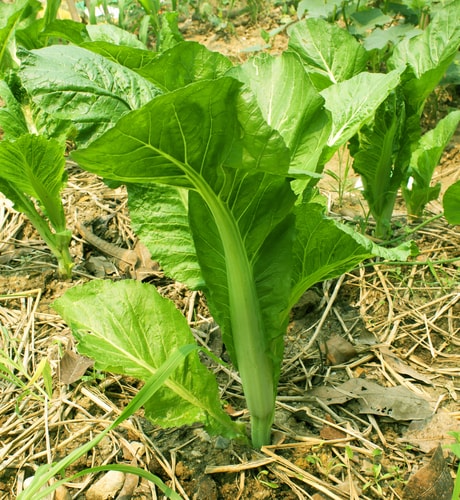Advice aimed at helping farmers new to cover crops
By Diego Flammini, Farms.com
A popular tactic farmers use to protect and improve the quality of soil is implementing cover crops in their operations.
Cover crops are grasses or small grains that farmers grow between regular production periods.
Some common cover crops in Iowa include rye, wheat, red clover, turnips and radishes.
However, if the farmer is unfamiliar with the use of cover crops, they may be reluctant to use them. That’s where Iowa’s Secretary of Agriculture comes in.
He, along with a team of others including Iowa State University and Practical Farmers of Iowa are offering tips to farmers who are new to cover crops to help them have the greatest chance of success.
“We have seen tremendous growth in the number of farmers using cover crops on their farm as they seek to reduce erosion, protect water quality and improve soil health,” said Northey in a release. “As with any new practice there can be a significant learning curve. These tips can hopefully help farmers have a successful experience which encourages them to grow cover crops again in the future.”
The tips are:
Evaluate for winter kill
If the cover crops are brown and there’s no green plant material, your cover crop winter-killed. If they’ve winter-killed, no spring management is necessary. Check plant stems near the soil surface in late March to determine if the plant survived.
Herbicide
If deciding to use herbicides, be sure the plant has “greened-up” and that there’s enough area for the herbicide to work. Spraying in the middle of the day and when the air temperature is between 45F and 50F is ideal.
Tillage
If deciding to till the cover crops it may take more than one pass, and periods of damp weather can cause the plants to survive. Tilling to eliminate the cover crops can also compromise the erosion prevention benefits.
Consider nitrogen needs
The potential exists for nitrogen to escape late in the season when the crop needs it most. Farmers growing corn after a cereal rye cover crop should consider putting additional nitrogen when planting.
Know crop insurance requirements
A cover crop in Zone 3 (western third of Iowa) must be terminated by the day of cash crop planting. Zone 4 farmers (eastern 2/3rds of Iowa) must eliminate theirs within 5 days of planting. No-till operations can add a full week to each scenario.
Start planning now for this fall’s cover crops
Farmers should consult with their agronomist or seed dealers to determine what kind of cover crops will work best with their operation.
Join the conversation and tell us the kind of cover crops you use on your farm. What other tips can you give to farmers who are new to using cover crops?

Turnips can be a good cover crop for farmers